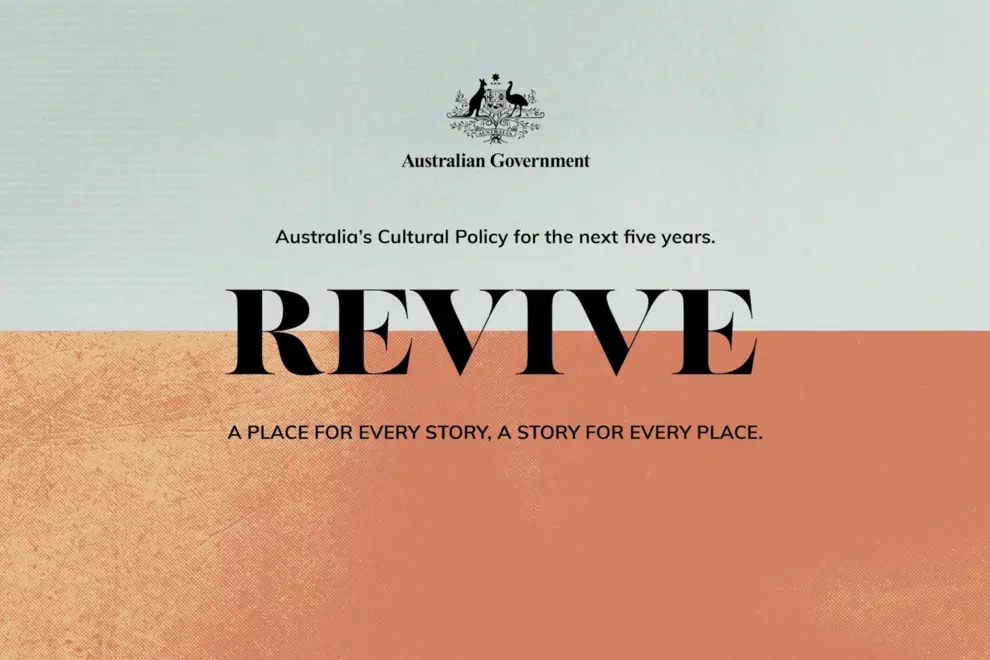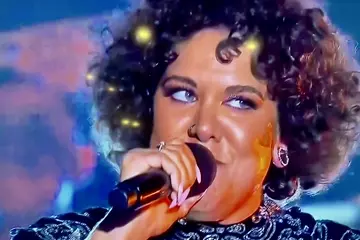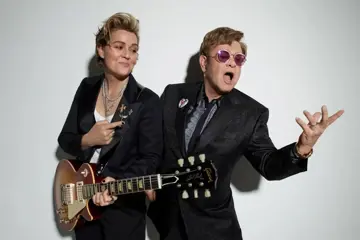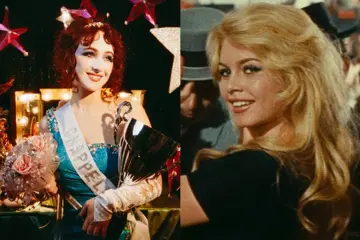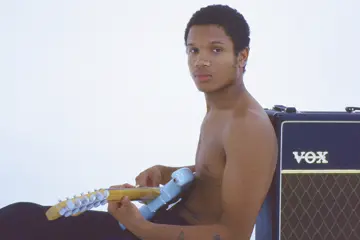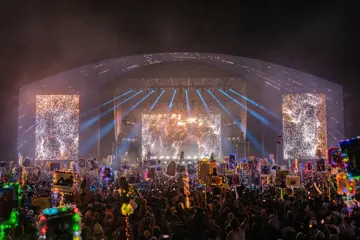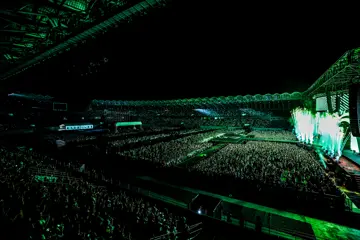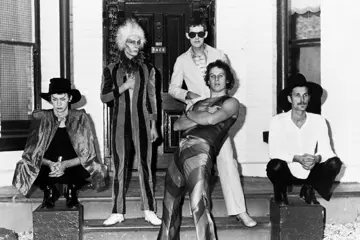The Australian Government’s Minister for the Arts, Tony Burke, has reflected on the first year of the Revive initiative – Labor’s “five-year plan to renew and revive Australia's arts, entertainment and cultural sector” – saying it’s led to some landmark breakthroughs for the industry.
When it launched at the start of last year, Revive was touted as the Government’s answer to the hardships faced by the arts and entertainment industries across the peak of the COVID-19 pandemic. The national cultural policy, it was said, would “change the trajectory of the creative sector and deliver new momentum” to those industries, focusing on five “interconnected pillars”.
As detailed on the Australian Government’s website, those pillars comprise a focus on First Nations creatives, acknowledgement that Australians are “the creators of culture”, support for “artist[s] as worker[s] and celebrating artists as creators”, support for “the spectrum of institutions which sustain our arts, culture and heritage”, and an effort to “mak[e] sure our stories connect with people at home and abroad”.
Yesterday (January 30), Burke issued a press release to look back on the first year of the Revive program, affirming that Labor is “delivering on all the commitments it made”.
He went on to list some of accomplishments his team have made under the initiative, including the reversal of George Brandis’ infamous cuts to arts funding, as well as the launch of several new bodies to strengthen Australia’s arts and entertainment industries: Creative Australia to “modernise arts funding”, Creative Workplaces to “improve workplace standards and safety”, Music Australia to “support the contemporary music industry”, and Sharing The National Collection so that “art is shared with regional and suburban galleries”.
Don't miss a beat with our FREE daily newsletter
As part of the Revive program, Burke continued, performing arts training organisations received a boost in funding, and Screen Australia was bolstered to better support developers in the video games industry. That industry also saw improved tax breaks, while Sounds Australia was given more funding “to unlock international opportunities for our musicians”.
Additionally, Burke said the Government was able to secure “the long-term future” of online library database Trove, increase Screen Australia’s location offset rebate – “designed to encourage large-budget film and television projects to film in Australia” – from 16.5 percent to 30 percent, and “[restore] funding to Australia’s nine national cultural institutions after a decade of cuts and neglect under the previous government”.
In a formal statement, Burke described the launch of the Revive program as “a gamechanger for the arts in Australia”, noting that it “was always meant as a five-year plan to help the sector recover after a decade of cuts, and culture wars, as well as the impacts of the pandemic”.
He added: “It will take more than one year to turn around the impact of that wasted decade, but just one year on from the launch of Revive and that recovery is well underway.”
Throughout 2024, the Government aims to keep Revive kicking by establishing “a dedicated First Nations body within Creative Australia”, and legislating for online streaming platforms to follow a quota for locally produced content. And next year, Burke says, Revive will establish both “an Australian poet laureate” and a body called Writers Australia.
To back all of Burke’s claims, the Government have published a report breaking down all the work undertaken across Revive’s first year. Head here to take a look.

